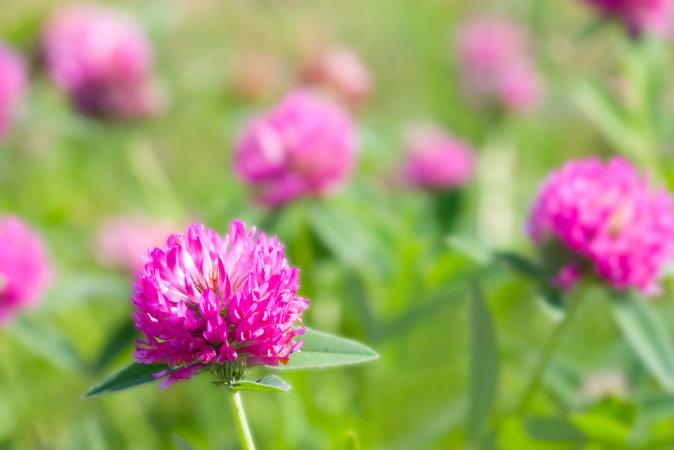Corn is huge business in the United States, but can it last? If soil depletion has the same negative impact on the U.S. industry as it has had elsewhere, it could take a sizable bite out of the $63 billion in annual revenue corn brings nationwide.
National policies support and encourage corn production and it is an ingredient in many processed foods. Most of the corn produced in America is made into ethanol for fuel or used as animal fodder.
The corn business had an annual growth of 4.2 percent from 2009–2014 and growth is expected to continue. With America trying to become more oil-independent and with renewable energy targets rising each year, the government is stimulating corn production for ethanol. About one third of all American corn is used to produce ethanol.
As dependence on this golden fruit increases, its long-term production is worth looking at.
Eroding Profits
In Kenya, corn production is declining due to soil fertility depletion, explained Dr. Richard Onwonga of the University of Nairobi in an article on the university’s website. Drought, erosion, and reduced soil fertility are major threats globally.
Corn is not an early crop. In spring, the time of heavy rains, corn fields are typically bare. The fertile top soil is easily drummed loose by droplets and washed away, muddling natural open waters. The mud floods this spring in southern England were linked with intensive corn cultivation and a lack of erosion control measures, reported The Guardian in February.
Rotating Crops Less Lucrative—In Short-Term
To cover the soil during the rainy spring season and minimize soil erosion, some farmers rotate corn with soybean. Soybeans have not been getting a high price, however, and corn is much more lucrative. Some farmers choose to keep growing corn crop after corn crop.
There is a risk to growing corn and only corn. Without rotation, the crop becomes more vulnerable to diseases and pathogens that build up in the soil. The impact is greater on the less fertile, marginal lands.
Another negative side-effect from the subsidies and regulations continuously promoting ethanol, and thus corn production, is that more and more grasslands are converted into corn fields. Areas that are marginal, drier, less fertile, or closer to wildlife reserves are being added to the corn belt, according to the Proceedings of the National Academy of Sciences of the United States of America (PNAS). These lands are more prone to erode and with grasslands converted into corn near natural reserves, feeding grounds for birds and wildlife disappears.
Red Clover Can Increase Production 10%

Red clover in a field. (Shutterstock)
Another option is to rotate early corn with red clover. Red clover covers and enriches the soil, and it is more drought-resilient than grass alone. Red clover increases soil life and fertility. It has been shown to increase corn production by about 10 percent, according to the Louis Bolk Institute in the Netherlands.
When farmers rotate with soybeans or other such crops, they must sacrifice a whole corn-growing season and wait to plant corn the next year. With red clover, it’s just a matter of having it grow in the field to cover and protect it in the early spring when farmers would usually leave their fields barren because it’s too early for corn.
The Louis Bolk Institute conducted a three-year study to test red clover’s impact.
Figure 1 (below) shows a field that has not been rotated at all over the course of three years. Neither clover nor any other crop was used, only corn was grown. Three patches of this field were given differing amounts of nitrogen, a key nutrient to plant growth that is replenished through rotation.
The amounts of nitrogen are given in kilograms per hectare.
Figure 2 (below) shows a field that was rotated with clover for three years. Again, three patches of this field were given different amounts of nitrogen. Even the portion given no nitrogen boost stayed healthy.


*Image of corn grains via Shutterstock




